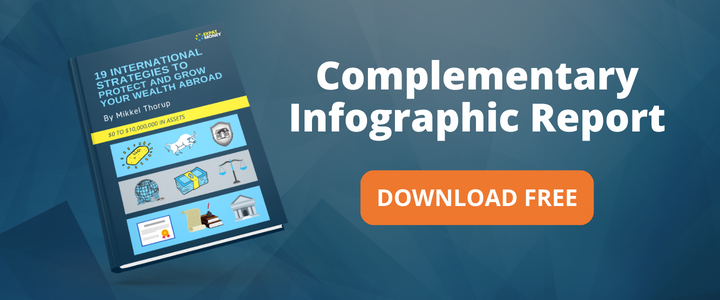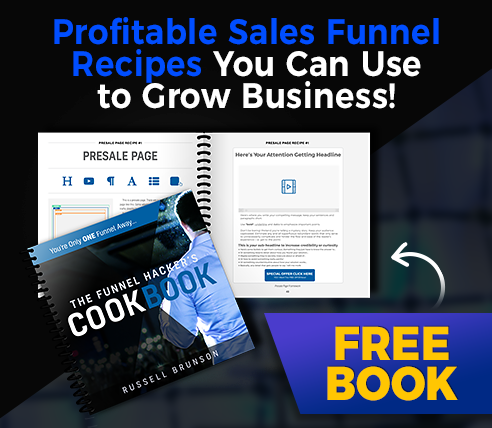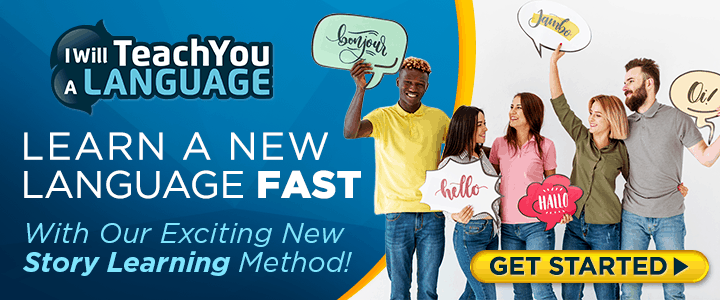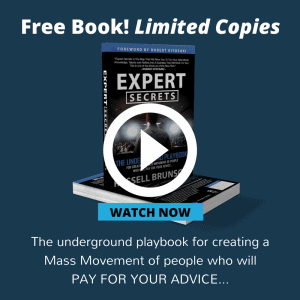5 Steps to Creating an Optimized Sales Funnel

For Those of You Just Joining Us
At The Expat Money Show our goal is to equip entrepreneurs at any scale, with focused insights that can help them turn their business dreams into reality. In our latest episode we talked to Dave Woodward, Chief Revenue and Business Development Officer at ClickFunnels. ClickFunnels is a data-driven software platform focused on transforming the way businesses sell their products and services online.
Through the product-specific tools and templates provided on ClickFunnels’ website, entrepreneurs in any industry can reinvent their online storefront for the sole purpose of revenue generation. None of this is hot air either, the business successes enabled by ClickFunnels’ platform have rocketed the company to becoming the fastest growing software service in the world, in less than four years of operation.
In our last blog post we covered some of the concepts underlying ClickFunnels’ success, namely the use of sales funnels in the design and development of business websites. In this post we want to go even deeper into some of the key tactics ClickFunnels’ uses to turn disinterested online visitors into red-hot conversions. Without further ado, let’s dive in.
It All Starts With a Landing Page
The Home Page is Dying
The majority of your inbound marketing strategies are designed to deliver traffic to your website home page. Unfortunately, a traditional home page is just about the worst place that any potential customer could end up. While your home page might provide a ton of useful information about your business and brand, the volume of content on this page won’t help you achieve your primary goal, driving conversions.
There are two reasons why the whole concept of traditional home pages is dying.
First, any traffic that does land on your home page is most likely from direct sources such as Google. By definition, anybody that inputs your particulars into a search engine is already well aware of your brand, the last thing they need is another thousand word primer on what you do, and why you do it. If anything this information is likely to serve as an obstacle to purchasing your products and services.
Second, any users that end up on your website due to your content marketing or email campaigns are unlikely to even see your home page. These visitors will be using your website to watch a video, or read a blog post, or to learn more about a specific product or service. Once they have the information they need, they’re just as likely to click away and never return.
Why Landing Pages are Replacing Them
Landing pages are sections of your website that are specifically developed to incite visitors into taking actions. After clicking a relevant CTA in a promotional email, or at the end of a value-packed blog post, interested consumers are directed towards a purpose-built page, which promises them more of the same at no added cost, in return for an email sign-up and some basic contact information.
Elements of a Great Landing Page
- You should have at least a couple of landing pages targeted towards different market segments, products, traffic sources, and prospects. The key here is creating the right environment to take customers further along the buyer’s journey at every stage.
- Encourage users to sign-up. Offer free EBooks and other long-form content in return for your visitors’ contact information. With this data in hand you can develop detailed profiles for your leads, and further optimize your marketing to target their specific needs and desires.
- Track data from your landing pages to assess how far each visitor is along their buying journey. A user who’s downloading your content for the first time may require a lot more nurturing than someone who’s watched three or four of your live webinars already. Based on these insights you can send suitable marketing messages through email.
Present a Front-End Offer
Once you’ve hooked a prospect, the next step is to offer them a paid product or service at a discounted cost. The key here is to get your foot in the door and develop a transactional relationship. Once this established your customer should be far more willing to follow up on their initial purchase, provided the following circumstances hold true:
- Offer top-notch quality. In many ways the first sale provides customers with their first real insight into the value offered by your business, so if you’re looking to save money just because you’ve offered a product at a more affordable rate then think again. A bad first impression may stop your prospect from buying from your business altogether, that’s a lot of hard work lost over a couple of dollars.
- Deliver more value than your customer expects. Nothing makes a customer happier than getting more than they asked for. If you can provide unexpected value to a visitor you’ll have a fan for life.
- Offer a great customer experience. From delivery, to ongoing support and after-sales every part of the sales process should be set up to ensure customer satisfaction.
- Keep prices low. The goal is to grow your customer base, not to make a profit – that comes later.
Time to Up-sell
We’ve all heard the famous refrain, would you like fries with that? This is a classic example of an upsell. Once the customer has already decided on making a purchase, slipping in another product that offers additional value alongside becomes a far easier proposition. This added value should be positioned at a higher price point to increase the overall value of the order to a profitable level. The actual product or service in question can be designed to fill a couple of different requirements.
- You could offer more of the same product. Especially helpful where the item is regularly consumed.
- You could offer complementary products, for example an audiobook to go alongside a paperback.
- You could offer an upgraded version of the same product.
- You could sell an unrelated product at a special discount.
Inevitably, budgetary constraints will prevent some customers from taking you up on this upsell. In these situations your goal should be to push through the additional sale. A down-sell might involve selling a limited version of the product, or providing a payment plan to facilitate a larger purchase.
We’re Not Done Yet
As one of the foremost businesspeople in this space, Dave gave us tons to think about during our conversation a lot of which we weren’t able to cover over these blog posts. If you have any interest in online entrepreneurship we’d definitely recommend listening to the full podcast here, or heading over to ClickFunnels yourself.
Do stay tuned for more great content coming out on The Expat Money Show as well, we’ve got some excellent guests coming up, keep yourself informed by signing up to the newsletter below so you don’t miss out!
[spp-optin]





This was a great article Mikkel.
Dave is some man, he definitely knows his stuff and to hear that he came from a very humble background, not unlike a lot of others that have had success with the ClickFunnels platform. He is an inspiration to many and great leader in his own right.
Thanks for bringing this interview to us…
Daniel Mac Sweeney
Really glad you enjoyed the Article Daniel. Make sure to check out the second article in the series:
https://expatmoneyshow.com/blog/3-reasons-sales-funnels-future-online-business/